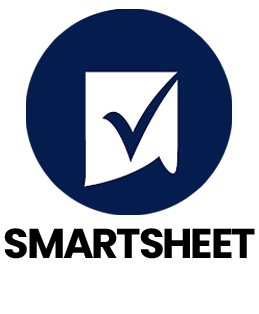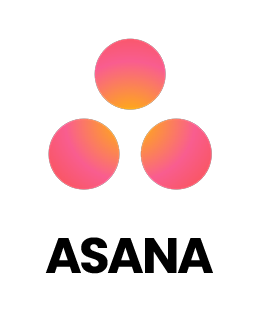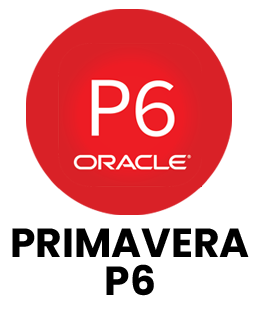1. How do you collect and prioritize requirements from stakeholders?
Ans:
Requirements are gathered through interviews, surveys, workshops, observations and reviewing existing documents. To prioritize, factors like business value, urgency, feasibility and potential project impact are evaluated. Frameworks such as MoSCoW or weighted scoring often make prioritization clearer and more transparent, ensuring the team focuses on the most critical needs first.
2. What is the difference between business requirements and functional requirements?
Ans:
Business requirements outline the high-level objectives or goals that an organization aims to achieve. However, functional requirements outline the particular characteristics or actions that a system or procedure must possess in order to fulfill those business objectives. Together, they ensure that both the strategic vision and practical execution are clearly defined.
3. What is a Use Case and why is it important?
Ans:
A Use Case is a detailed description of how a system interacts with users or other systems to accomplish a specific task. It helps validate functional requirements and provides clarity on user interactions with the system. By understanding these scenarios, teams can develop solutions that meet user expectations effectively.
4. How do you manage conflicting requirements from stakeholders?
Ans:
Conflicting requirements are addressed through open communication and active listening to identify underlying concerns. By discussing shared objectives and negotiating compromises, teams can align differing priorities with the project’s overall goals. This ensures a balanced approach that supports successful project delivery.
5. What is Gap Analysis and how is it performed?
Ans:
Gap Analysis identifies the difference between the current state of a system or process and its desired future state. This involves evaluating existing processes, pinpointing deficiencies and outlining actionable steps to bridge the gaps, often through process improvements or technology enhancements.
6. How is the quality of business requirements ensured?
Ans:
High-quality requirements are achieved by reviewing them thoroughly with stakeholders and following best practices. Each requirement is validated for clarity, specificity, measurability, realism and alignment with project goals. This reduces ambiguity and ensures that requirements effectively guide the project toward successful outcomes.
7. What is User Acceptance Testing (UAT) and why is it important?
Ans:
User Acceptance Testing (UAT) is phase where end users verify that a system meets their needs and is ready for deployment. It simulates real-world usage to detect issues before release. UAT ensures the solution delivers the intended business value and that users are satisfied with its functionality.
8. Which tools are commonly used in business analysis and why?
Ans:
Common business analysis tools include JIRA for requirement and task management, MS Visio for flowcharts and diagrams, SQL for database queries and data analysis and Tableau for visualization and reporting. These tools improve efficiency, communication and accuracy throughout the project lifecycle.
9. How do you prevent scope creep during a project?
Ans:
Scope creep is managed by defining and documenting the project scope clearly from the start. Continuous monitoring of new requests helps evaluate their impact on timelines, budget and resources. Any changes are processed through a formal change control system, ensuring the project remains on track and stable.
10. Can you provide an example of improving a business process?
Ans:
In a recent project inefficiencies were discovered in the customer service workflow. By analyzing the process and implementing automation tools, response times were reduced by 30% which lowered escalation cases and increased overall customer satisfaction. This improvement demonstrated the value of process optimization.





















